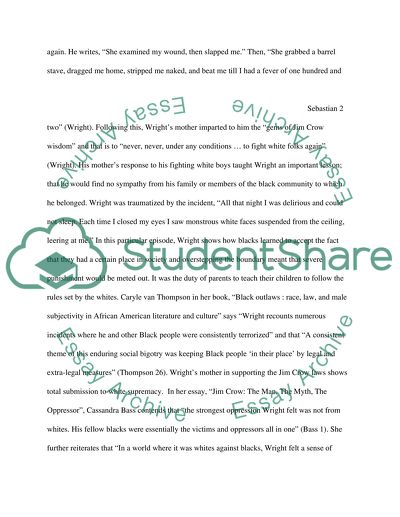Cite this document
(“The Ethics of Living Jim Crow Essay Example | Topics and Well Written Essays - 3000 words”, n.d.)
Retrieved de https://studentshare.org/literature/1434930-the-ethics-of-living-jim-crow
Retrieved de https://studentshare.org/literature/1434930-the-ethics-of-living-jim-crow
(The Ethics of Living Jim Crow Essay Example | Topics and Well Written Essays - 3000 Words)
https://studentshare.org/literature/1434930-the-ethics-of-living-jim-crow.
https://studentshare.org/literature/1434930-the-ethics-of-living-jim-crow.
“The Ethics of Living Jim Crow Essay Example | Topics and Well Written Essays - 3000 Words”, n.d. https://studentshare.org/literature/1434930-the-ethics-of-living-jim-crow.


